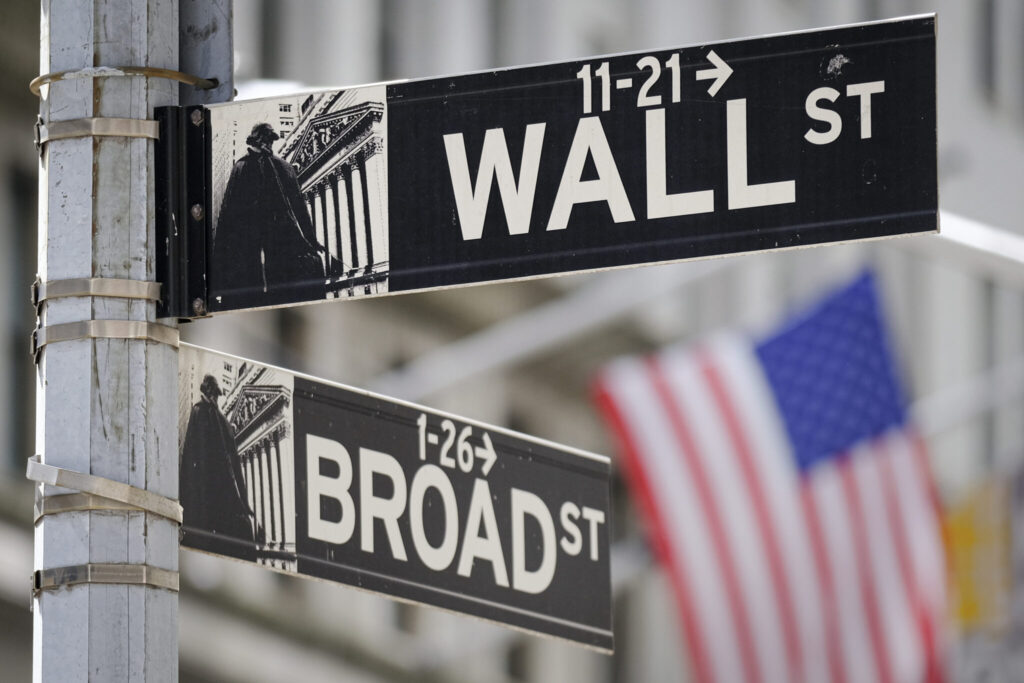Wall Street’s main indexes inched toward small gains on Monday as investors awaited quarterly reports from U.S. retail giants and economic data later in the week to gauge the strength of consumer spending and direction for interest rates. After strong gains this year, U.S. equities have lost momentum in August, with the tech-heavy Nasdaq posting two straight weeks of declines for the first time in 2023 on Friday. Hotter-than-expected U.S. producer prices data last week fanned concerns that the Federal Reserve could keep interest rates higher for longer, driving up U.S. Treasury yields and weighing on rate-sensitive big technology and growth stocks. The Associated Press has the story:
Wall Street futures tick higher ahead of big week in retail
Newslooks- NEW YORK (AP)
Wall Street inched toward small gains before the opening bell ahead of a raft of data this week that may provide more insight into the health of U.S. retailers.
Futures for the S&P 500 and the Dow Jones Industrial Average ticked up a little more than 0.1% Monday.
Stocks are slipping Monday ahead of a week of reports showing how strong U.S. shoppers remain, amid hopes their spending can keep the economy out of a recession.
The S&P 500 was 0.2% lower in early trading, the latest step back in August’s lull for the stock market after what had been a gangbusters year. The Dow Jones Industrial Average was down 103 points, or 0.3%, at 35,177, as of 9:50 a.m. Eastern time, and the Nasdaq composite was 0.2% lower.
U.S. Steel jumped to one of the market’s biggest gains, up 25.2%. It said over the weekend that it rejected a buyout offer from Cleveland-Cliffs and that it’s heard multiple offers.
Cleveland-Cliffs rose 1.4% after it said it offered more than $7 billion in cash and stock for the steelmaker and that it’s ready to move on the offer immediately.
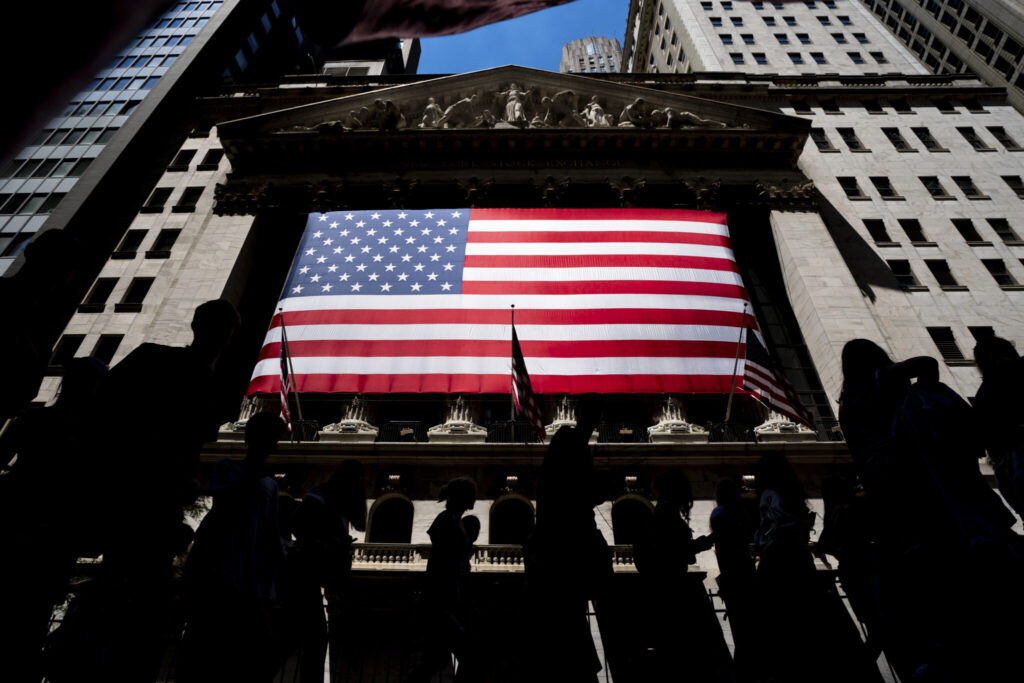
Across the rest of the market, trading was relatively quiet. The S&P 500 has retrenched by nearly 3% in August after soaring 19.5% through the first seven months of the year. Critics have been saying such a pullback was due, arguing Wall Street too quickly and forcefully latched onto the belief that inflation would continue to cool and the economy would avoid a recession.
A big bulwark keeping the economy afloat has been strong spending by U.S. consumers, which has been propped up by a remarkably resilient job market.
The government on Tuesday will release its retail sales report for July, while Home Depot, Target, TJX Cos. and Walmart will post their most recent quarterly results this week.
Retail spending has been a bit bumpy through the first half of the year after surging nearly 3% in January. Analysts forecast that spending rose 0.4% from June to July after a modest 0.2% increase in June.
Economists believe that the turbulence in consumer spending has been caused in part by persistent inflation, which has come down closer to the Federal Reserve’s 2% target in recent months, but remains the U.S. economy’s biggest concern. The Fed has raised its benchmark lending rate a whopping 11 times in the past 17 months in an effort to corral the worst inflation since the 1980s.
Wall Street lost ground Friday after government data showed producer price inflation accelerated in July. Earlier data showed consumer prices also rose faster in July.
“Setbacks to optimistic expectations are hard to ignore,” said Tan Boon Heng of Mizuho Bank in a report. “The data need to provide reasons (for the Federal Reserve) not to hike.”
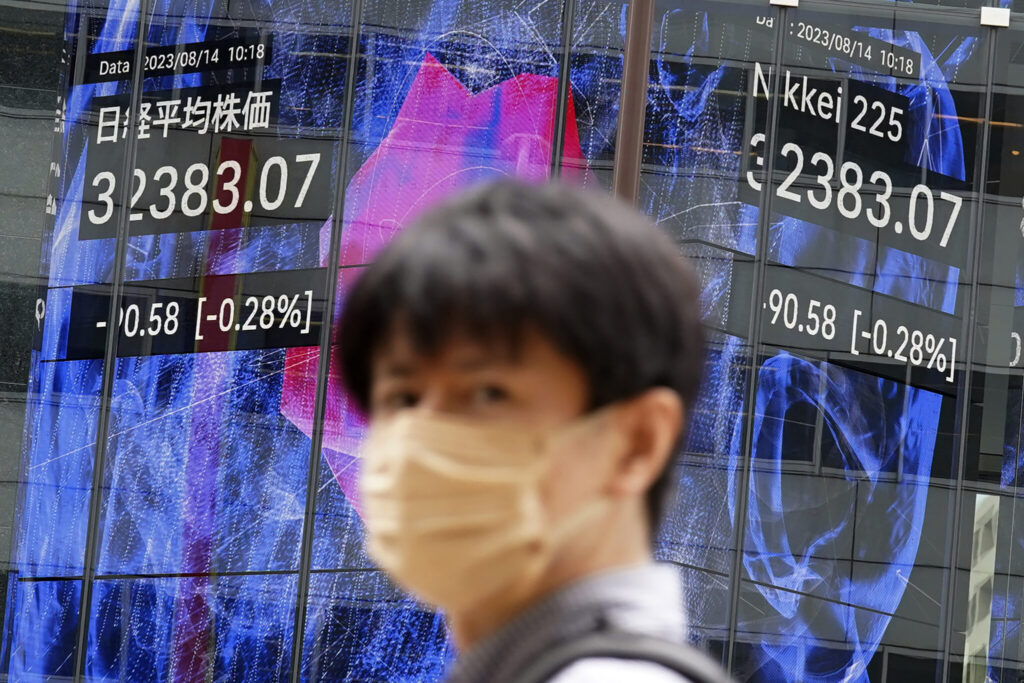
The Labor Department reported Friday that its producer price index rose 0.8% over a year earlier, accelerating from June’s 0.2% rate. On Thursday, Labor released consumer inflation data, which showed prices accelerating to 3.2% in July from the previous month’s 3%.
That dimmed hopes somewhat that the Fed will ease of its string of rate hikes to cool the economy, and inflation.
The majority of Wall Street traders still bet the central bank will make no change to the fed funds rate at its September meeting, according to data from CME Group. Such hopes helped the S&P 500 rally 19.5% in the first seven months of this year.
Yet that is seen my many as too optimistic.
Fed officials say rate decisions will depend on hiring, inflation and other data.
In premarket equities trading, United States Steel Corp. shot up 27% after the Pittsburgh company said Sunday that it rejected a $7.3 billion buyout proposal from rival Cleveland-Cliffs.
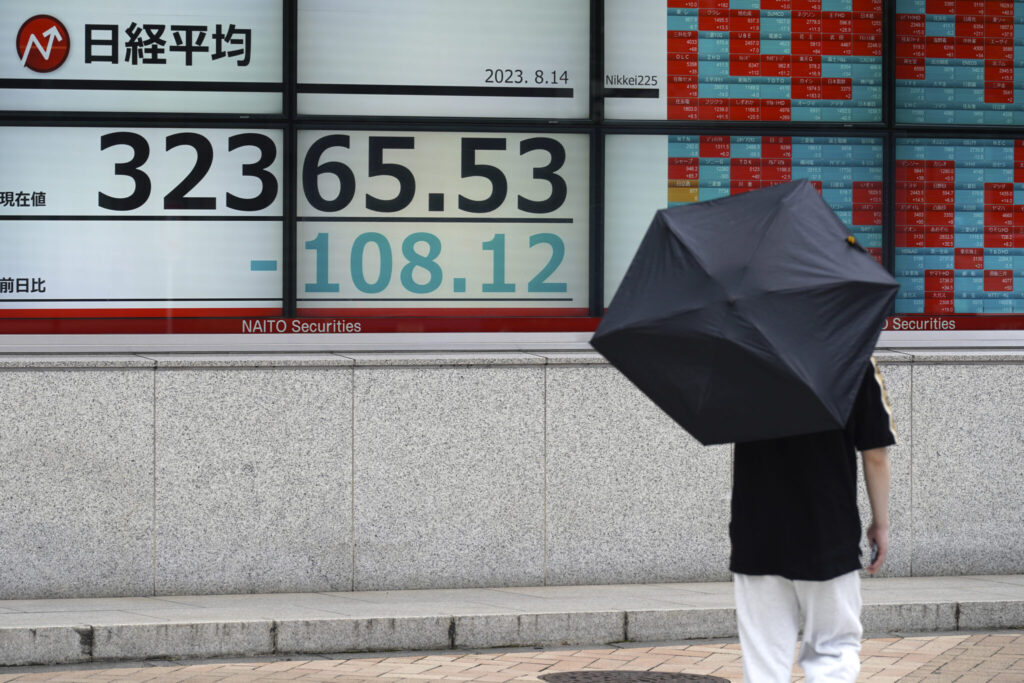
U.S. Steel said it turned down the offer because Cleveland-Cliffs was pushing it to accept the terms without being allowed to conduct proper due diligence. U.S. Steel said it is reviewing “strategic alternatives” after receiving several unsolicited offers.
At midday in Europe, the FTSE 100 in London lost 0.5%, the CAC 40 in Paris advanced 0.1% and the DAX in Frankfurt gained 0.3%.
In Asia, the Shanghai Composite Index fell 0.3% to 3,178.42 and the Nikkei 225 in Tokyo shed 1.3% to 32,059.91. The Hang Seng in Hong Kong sank 1.6% to 18,773.55.
The Kospi in South Korea retreated 0.8% to 2,570.87 and Sydney’s S&P-ASX 200 was 0.9% lower at 7,277.00.
India’s Sensex lost less than 0.1% to 65,283.59. New Zealand and Southeast Asian markets also declined.
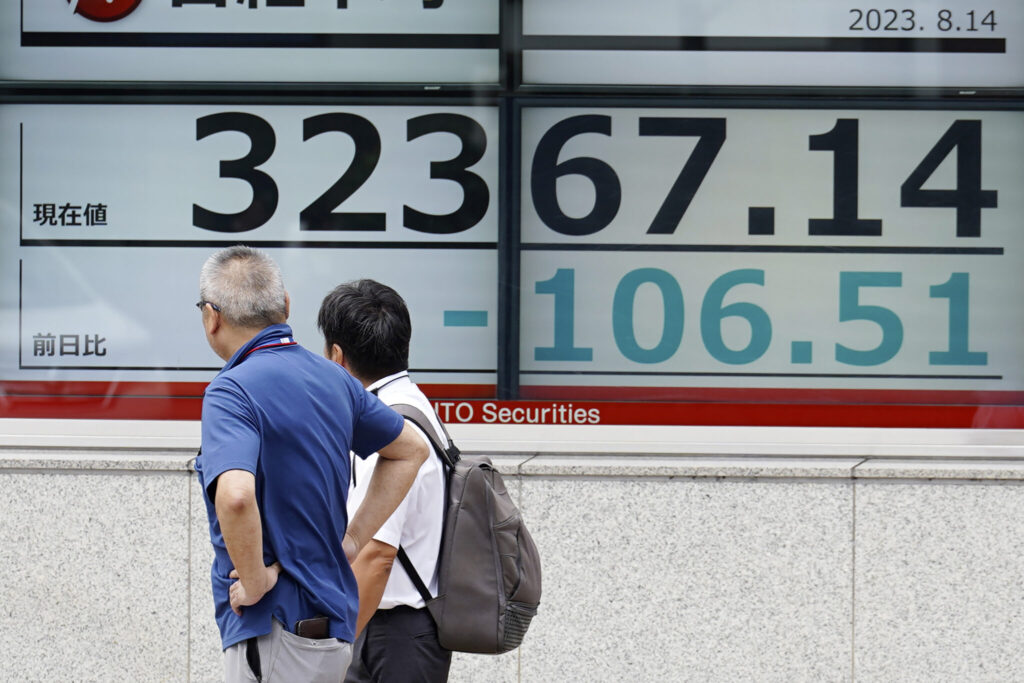
In energy markets, benchmark U.S. crude lost 44 cents to $82.75 per barrel in electronic trading on the New York Mercantile Exchange. The contract rose 37 cents on Friday to $83.19. Brent crude, the price basis for international oil trading, fell 39 cents to $86.42 per barrel in London. It advanced 41 cents on Friday to $86.81 a barrel.
The dollar rose to 145.12 yen from Friday’s 144.97 yen. The euro declined to $1.0940 from $1.0951.
On Friday, the S&P 500 lost 0.1%, the Nasdaq composite fell 0.7% and the Dow gained 0.3%.


